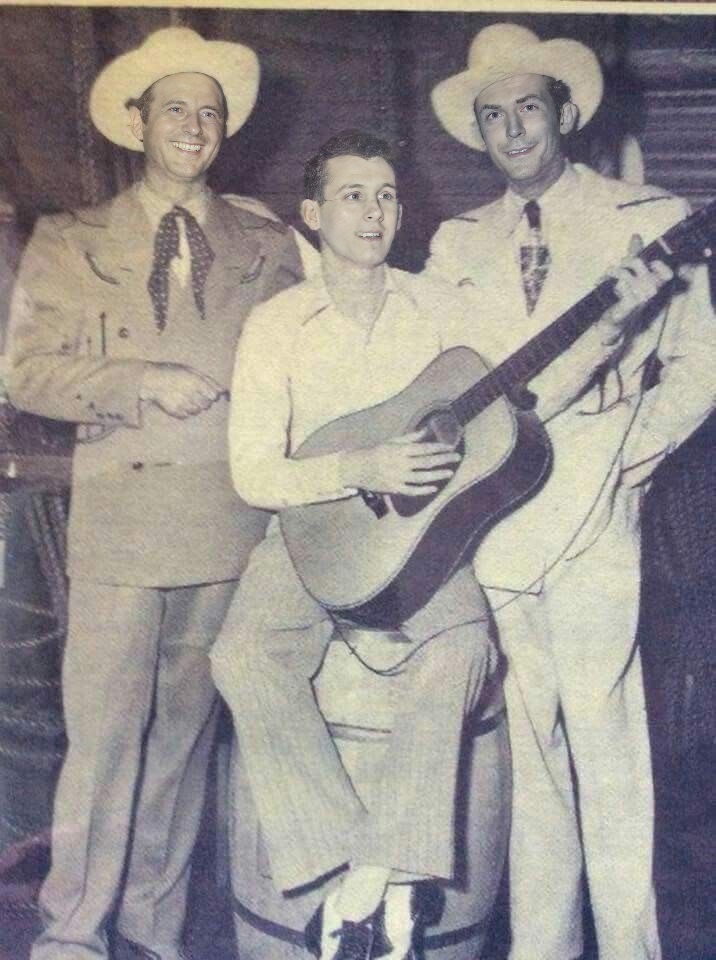
Hank Williams, an icon of American country music, cemented his legendary status with the profoundly moving ballad “(I’m So Lonesome I Could Cry),” released in 1949. Williams, born Hiram King Williams in 1923, was a trailblazer, known for his raw emotional delivery, distinctive voice, and songwriting prowess. Though his career was tragically cut short by his death at the young age of 29, his impact on music remains undeniable. He was posthumously inducted into the Country Music Hall of Fame and received a Special Citation from the Pulitzer Prize Board. While the song wasn’t initially a chart-topping phenomenon, failing to reach the top of the Billboard country charts upon its release, its enduring legacy has secured its place as one of the most important songs in country music history.
“(I’m So Lonesome I Could Cry)” is a masterclass in conveying deep sorrow and melancholic longing. The song utilizes vivid imagery, referencing the whippoorwill’s mournful cry and the moon hiding its face, to amplify the narrator’s intense feelings of loneliness and despair. It speaks to a universal human experience of loss and the pain of unrequited love, themes that resonate with listeners across generations.
The song’s poignant lyrics and Williams’ heartfelt delivery struck a chord with audiences. While initial radio reception was lukewarm due to the song’s unconventional waltz tempo and somber tone, word-of-mouth praise and live performances gradually propelled it to popularity. Listeners connected with the authentic emotion poured into every note, finding solace in the shared experience of heartache. It’s a testament to the power of simple, honest songwriting that can transcend fleeting trends and endure as a timeless expression of human emotion. The song continues to be covered by artists across genres, demonstrating its lasting impact and the enduring appeal of Hank Williams’ unparalleled ability to capture the depths of human sorrow.